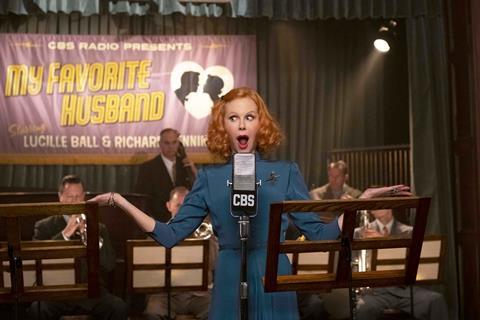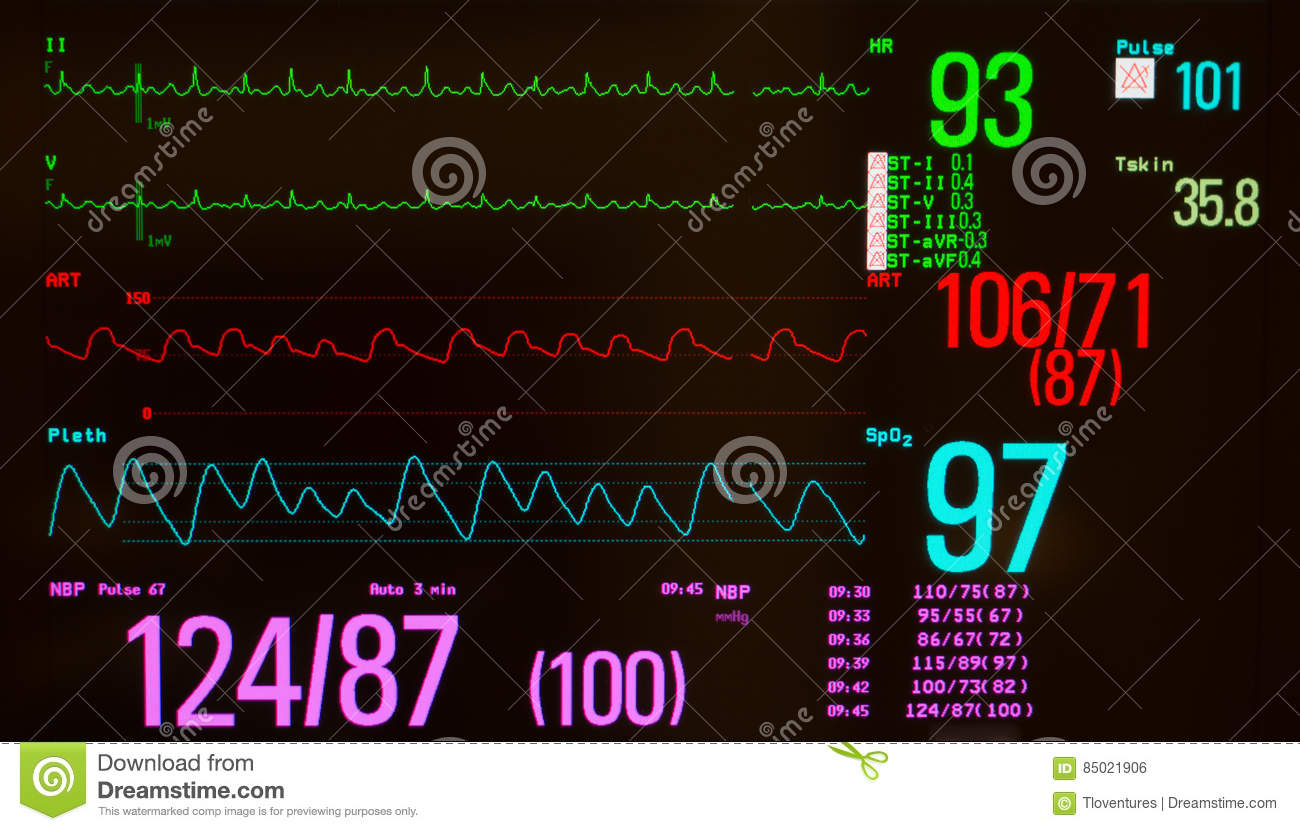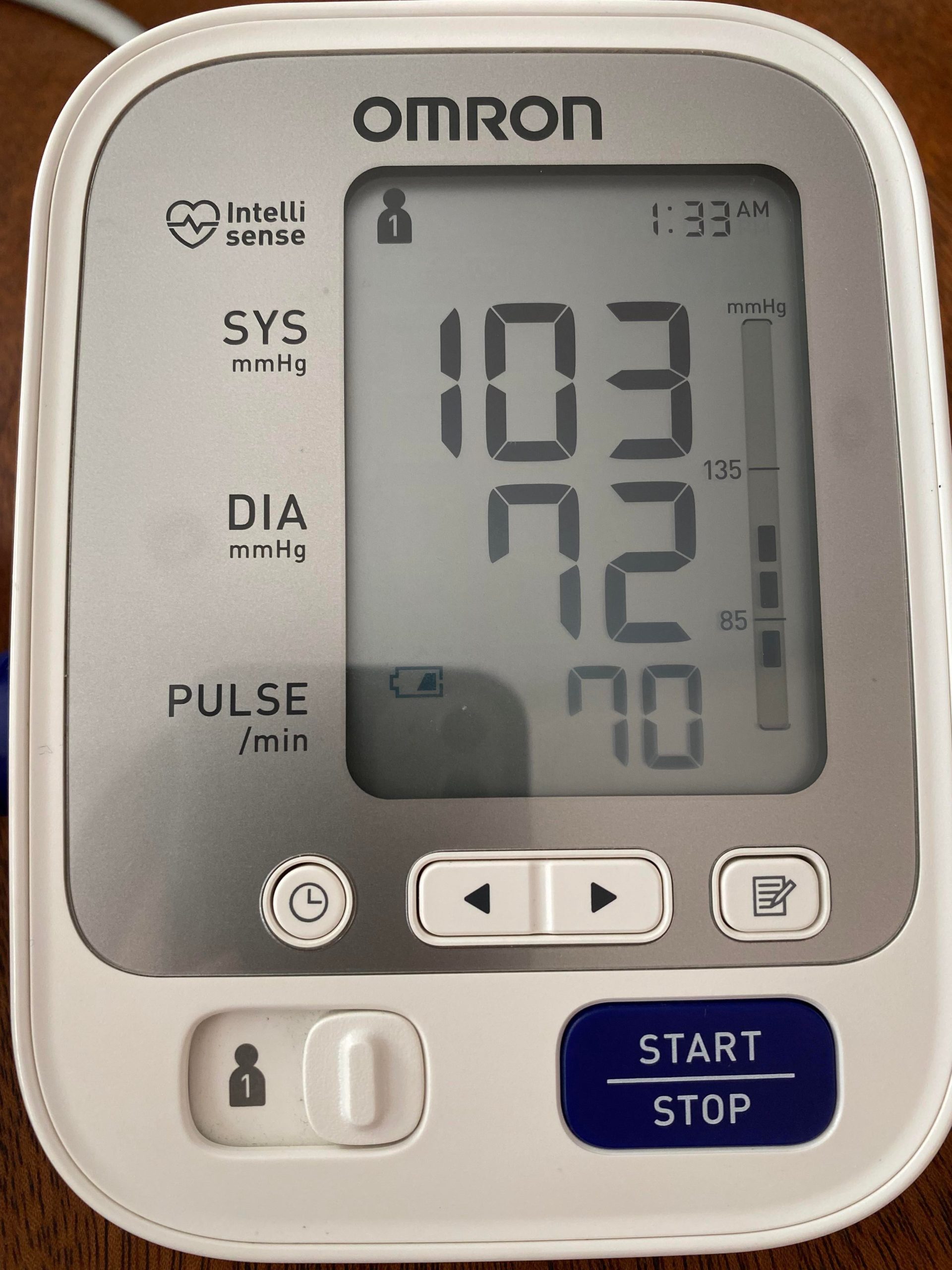Hypotension, or low blood pressure, is a condition in which the force of your blood against your artery walls is too low. Blood pressure is measured in millimeters of mercury (mmHg). Normal blood pressure for an adult is around 120/80 mmHg. If your blood pressure readings consistently fall below 90/60 mmHg, you may have hypotension. […]
Tag: blood pressure
Blood Pressure 106 71
When it comes to blood pressure, 106 over 71 is considered to be within the normal range. However, if this reading is consistently high, it could be a sign of hypertension. Hypertension is a serious condition that can lead to heart disease, stroke, and kidney failure. If you have high blood pressure, it’s important to […]
119 76 Blood Pressure
The top number, called the systolic pressure, represents the pressure when your heart beats and pumps blood. The bottom number, called the diastolic pressure, represents the pressure when your heart rests between beats. Your blood pressure is considered high if it’s consistently above 140/90 mmHg. High blood pressure usually doesn’t have symptoms, so it can […]


